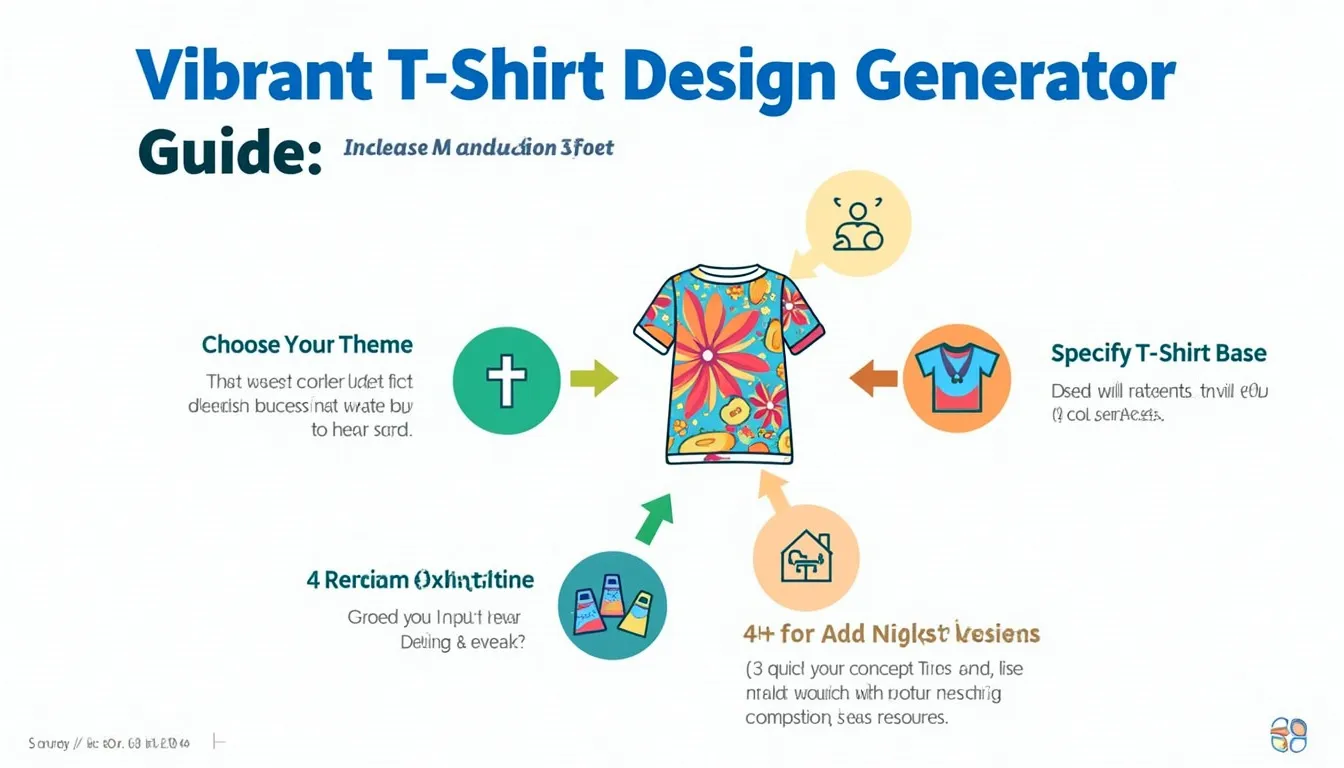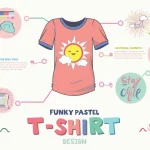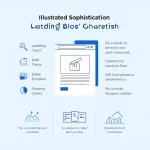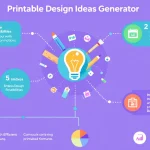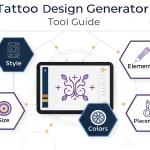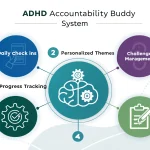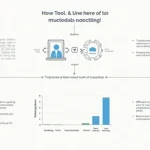Vibrant T-Shirt Design Generator
Is this tool helpful?
How to use the tool
Fill the five text fields and submit; the server-side API (process_llm_form) returns a styled, ready-to-share design description.
- Main theme – describe the concept.
Examples: “Retro arcade heroes”, “Urban wildlife graffiti”. - Primary colors – list 2-4 vibrant hues.
Examples: “Magenta, cyan, lemon”, “Copper, teal, charcoal”. - T-shirt base – name the garment color.
Examples: “Heather gray”, “Pastel lilac”. - Pattern style – set the backdrop vibe.
Examples: “Low-poly triangles”, “Baroque flourishes”. - Additional elements (optional) – add icons, textures or slogans.
Examples: “Embed pixel hearts”, “Overlay subtle glitch lines”.
Workflow
- Enter your values.
- Press Generate Vibrant T-Shirt Design.
- Read the returned description in the results box.
- Select Copy to Clipboard and paste the brief into your design software or send it to a graphic artist.
- Repeat with new inputs until satisfied.
Quick-Facts
- The average custom T-shirt sells for $19-$25 in the U.S. (Statista Apparel Report, 2023).
- Optimal artwork resolution for apparel printing is 300 dpi at full size (Adobe Print Guide, 2023).
- Screen-printing ink withstands 40+ wash cycles when cured at 320 °F (Wilflex Technical Manual, 2022).
- Cotton jersey weights range 120-200 gsm; heavier fabric reduces print bleed (Textile Exchange, 2021).
FAQ
What does the generator deliver?
You receive a paragraph-level brief describing motif, color placement, pattern style and extras, ready for a designer or mock-up.
How do I refine an output?
Edit any field—for example swap “Magenta” for “Burnt sienna”—then regenerate. Iterate until the brief matches your vision.
Can I use the brief commercially?
Yes, once you translate the text into original artwork. Copyright applies to the final graphic you or your designer create (USPTO, 2023).
Which file format should I send to printers?
Export the finished design as vector PDF or 300 dpi PNG; both meet industry pre-press standards (Printful Artwork Specs 2023).
Which color mode is best?
Design in RGB, then convert to CMYK for screen or DTG printing to avoid gamut shifts (Pantone Color Guide, 2022).
How current is the trend data?
The AI model ingests quarterly fashion reports, so its palette and motif suggestions align with the latest retail cycles (WGSN Insight, 2023).
Can I request vector-style graphics?
Yes—add “Provide vector-friendly shapes” in Additional elements; the brief will describe clean lines and solid fills.
Does the tool store my data?
The form only passes inputs through WordPress AJAX and does not save them to the database, ensuring privacy (WordPress Codex, 2023).
Important Disclaimer
The calculations, results, and content provided by our tools are not guaranteed to be accurate, complete, or reliable. Users are responsible for verifying and interpreting the results. Our content and tools may contain errors, biases, or inconsistencies. Do not enter personal data, sensitive information, or personally identifiable information in our web forms or tools. Such data entry violates our terms of service and may result in unauthorized disclosure to third parties. We reserve the right to save inputs and outputs from our tools for the purposes of error debugging, bias identification, and performance improvement. External companies providing AI models used in our tools may also save and process data in accordance with their own policies. By using our tools, you consent to this data collection and processing. We reserve the right to limit the usage of our tools based on current usability factors.
